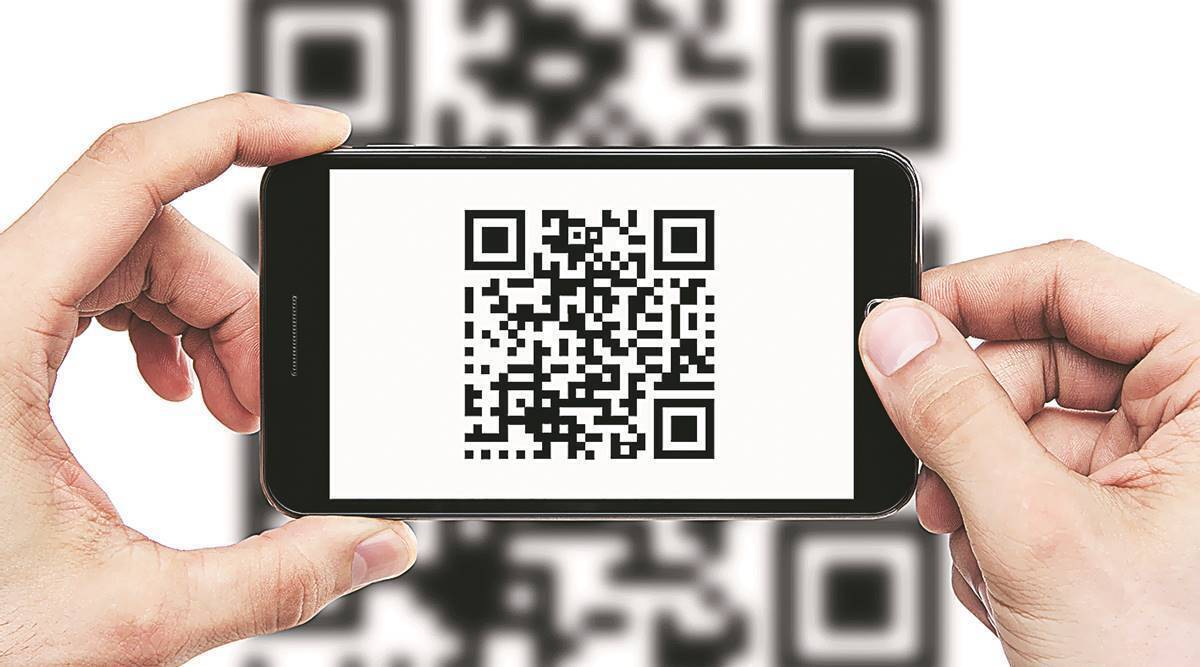A Quick Response or QR code is a two-dimensional code designed for accessing data and web-based resources. The design of a QR code includes a series of straight black lines or squares on a whiteboard. The utilization of QR codes began with very fundamental necessities like scanning codes for collecting gifts, identifying pets and reverting the job portals, etc.
But now, there are several applications for QR codes, and making a successful payment is one of its most used applications. In fact, a study on QR codes revealed that China is a world leader in QR code usage, and since 2021, there has been a remarkable 26% year-on-year surge in scan-to-pay transactions. This indicates a significant increase in the adoption and usage of the QR code payment method.
According to a conducted study, nearly 71% of people are not capable of distinguishing between a legitimate QR Code and a malicious one. Here pops up the most concerning thought “How to Safely Scan QR Codes?“
Best Approaches for preventing ill intents of a Malicious QR Code
The best approach to making QR codes more secure is following the best practices of utilizing them. Here are some methods that lessen the vulnerabilities associated with scanning QR Codes and make them more secure.
1. Verifying the URL –
Just after placing the camera on your device to scan the QR code, a notification pops up on the screen of your device. This pop-up notification depicts the URL you have visited and captured by the sensors. You must assure yourself by checking the link that it does not contain any malicious sign other than “http://”. Such codes are SSL certified and fully encrypted.
2. Checking the codes –
There are several factors or elements that certify the credibility of a QR code. You can check the presence of –
- Suspicious frame texts around the code
- Legitimate appearance of the logo in the middle of the code
- Matching the code design with the colors and specifications of the brand
Such elements ensure that a QR Code you are going to scan for payment or any other purpose is authentic or not.
3. No inclusion of third party –
A third-party inclusion in scanning a QR code can be risky. Therefore you must utilize your smartphone or any other device that provides the feature of native QR code scanning capability along with the camera app.
These points make a user aware of safely scanning a QR code for general as well as significant purposes. Keeping these simple points in mind can refrain you from any kind of security concern.
Business-centric best practices for QR code scanning –
It is the combined responsibility of the service users and service providers to create a safe QR scanning environment. Here are some guidelines that a business organization can adopt to enhance the security regarding QR code scanning.
1. A SSL certified webpage –
A QR code is linked with the webpage that must be certified by SSL. This certification ensures that the data of the users is completely safe and makes the ill-intended attackers unable to create a fake version of your specific webpage. The websites that are not certified with SSL are considered “nonsecured” for the user as well as for the business organization. An SSL-certified webpage only includes “http://” and if it adds something else along with it, consider it a warning against any malicious activity.
2. QR password protection feature –
There are several high-risk pieces of information which is available on online platforms, like bank details and personal identification documents. If your organization provides a QR code that links such confidential information, you must utilize password gating. This enables only the authorized person or a group to have access to encrypted data or information.
3. Regulation of the code generator –
The code generator of any business organization group must follow the guidelines of the General Data Protection Regulation (GDPR). This regulation includes data privacy and protection laws. The GDPR ensures data safety from third-party organizations or any outsider having ill intent. This also helps the organization keep a limit on data accessibility and make it confidential.
4. Customization of QR code according to your brand –
Customization of a code by adding some extra and unique elements to it according to the image of the brand or business organization is quite beneficial in limiting security concerns. You can customize it by adding the following:
- Gradient patterns
- Colors
- Custom borders
- Logos
These attributes not only improve the personality of the brand or business organization but also ensure the safer of QR codes.
Wrap Up –
It is mandatory to keep the users and business entities satisfied regarding the security of QR code scanning. This builds the faith of users in the organization with which they are doing business and investing their hard-earned money. QR codes belong to the field of digital identities, and the safety of such identities is not the sole responsibility of users or business groups but a combined one.





Be First to Comment